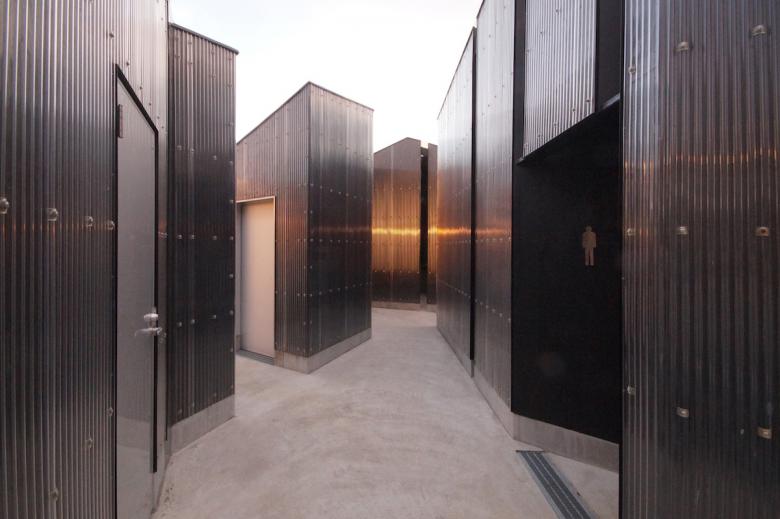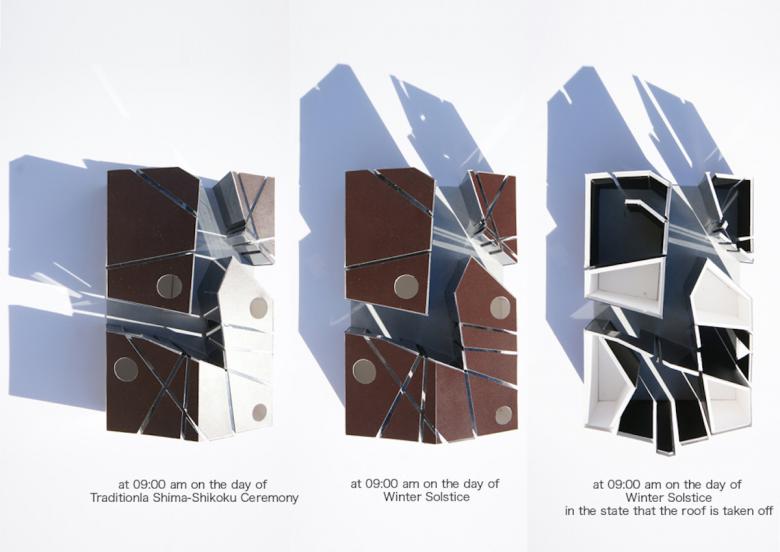House of Toilet
Ibuki-jima Island, Kanonji-city, Kagawa, Japan
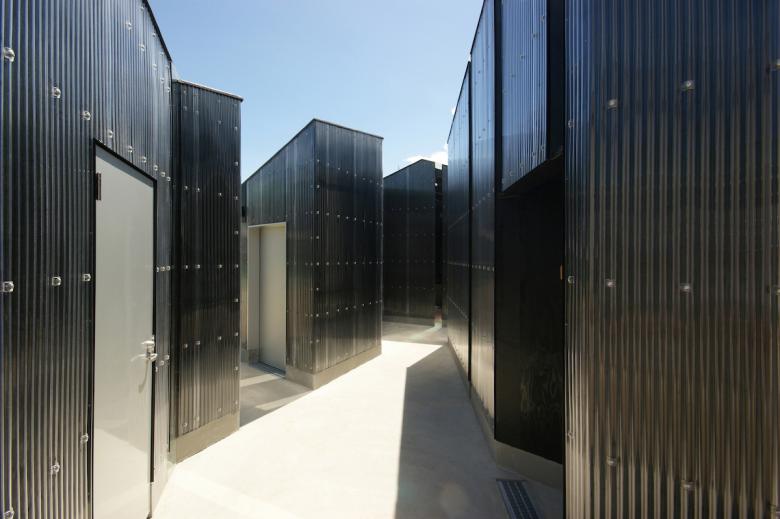
A public toilet was built on Ibukijima Island of Setouchi Inner Sea as one of the artworks in Art Setouchi Triennale 2013.
Periphery / Center
In the traditional local house in Ibukijima Island, the toilet is mostly established in a small cottage separated from the main house. In Ibukijima Island, the toilet is a peripheral space that is repelled and excluded from the main house.
The relation between the main house and the separated cottage resembles the relation between the mainland and isolated Ibuki-jima island or between a big city and a remote district somewhere. Now, Ibuki-jima island is only connected with a liner from Kanonji city on the mainland, and the small isolated island serves as the periphery of the mainland and the country of Japan. However, if it goes back to the Edo period, Ibuki-jima island was a place where liner connected directly with the capital, and the upper fashion came immediately, and, as a vestige of that period, the capital dialect of the old time remains. Once, it was the independent small center of Seto Inner See.
House of Toilet tends to change the peripheral space into the center of Ibuki-jima Island and to give intensity to Ibuki-ima Island that has been used as the periphery.
Locality / Internationlity
Eleven light slits related to time and space were overlapped.
Five of the eleven are time-related light slits. According to the direction of the sun at 9 am on three Traditional events and Summer Solstice and Winter Solstice Day, slits pass through the building. Once a year, at that time, a ray of light passes through the architecture, informing the islanders of the arrival of the season. It is a mechanism that shows the identity of the island in time, that is, the coordinates of the island in time.
Six of the eleven are space-related light slits. It shows the direction from Ibuki-jima Island to major cities on six continents (Tokyo, London, Nairobi, New York, Sao Paulo, and Sydney). The point where the axes of these six angles intersect is the coordinates indicating the position of Ibuki-jima Island in space, and the center is always Ibuki-jima Island. We expected the islanders to regain their pride through the connection with the world and the fact that each person is the center.
Connection with the landscape of the island
Various landscapes of the island overlapped with the architecture. We didn't refer to them as they are but added with a slight deviation to induct awareness.
The roof is aligned with the roof inclination of a local house, and the color of the outer wall is based on the color survey of a local house on the island. The alley created by the slit of light leads to the alley of Ibukijima like a maze. The wall of the alley and the interior wall of the lavatory are based on the image of the burnt cedar board as a typical finish but are not necessarily the same as it. They are slightly different due to the polycarbonate corrugated sheets that reflect the scenery on the surface. In the booth at the depth of the indoor, the big opening is opened on the roof. The natural light and the rainfall indoors. It is as if they have looked up from the bottom of the local well for collecting rainwater peculiar to the island's lack of water. When they go to the toilet booth at the back of the room, there is a big opening on the roof. Light and rain fall into the room, but drainage holes are provided under the gravel on the floor, and the walls and ceiling are made for outdoor use.
On Ibuki-jima Island, where water didn't exist, rainwater supported the lives of the islanders until 30 years before the opening of the water supply. The opening of the house of toilet is similar to the state that they look up from the bottom of a well dug in the ground to store rainwater. At the innermost part of the facility that uses water, it connects with the story of the island's water.
It is a place for tourists to see the scenery of the island and for the islanders to remind them of the island.
https://www.future-scape.co.jp/g2051engrishspanish/g205303works/g205303worksimage/g2053o08houseoftoilet/g2053o08houseoftoilet.html


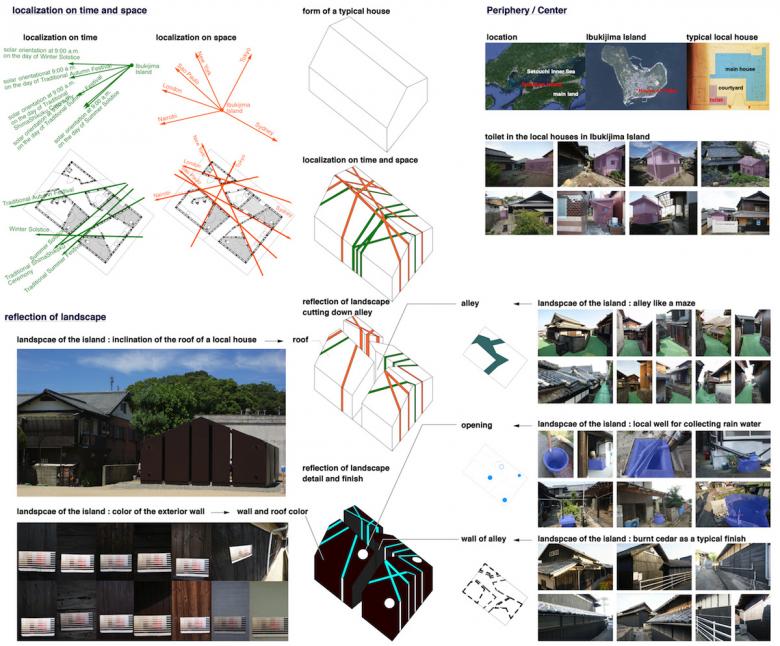




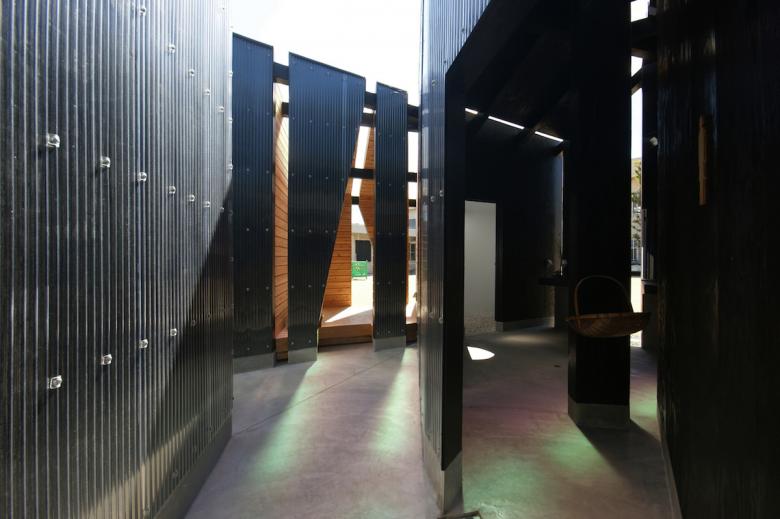

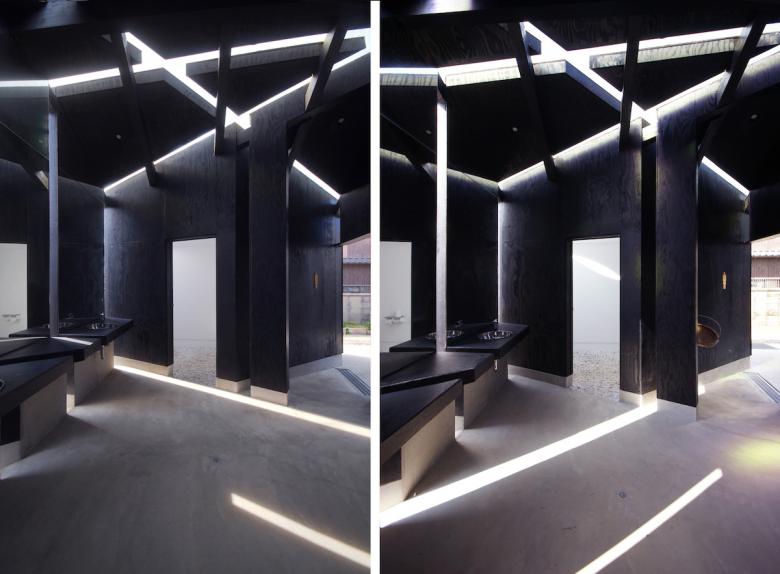



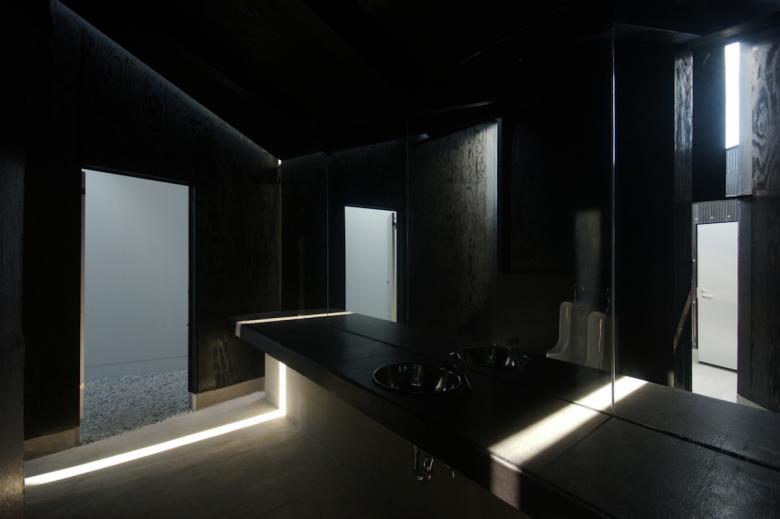

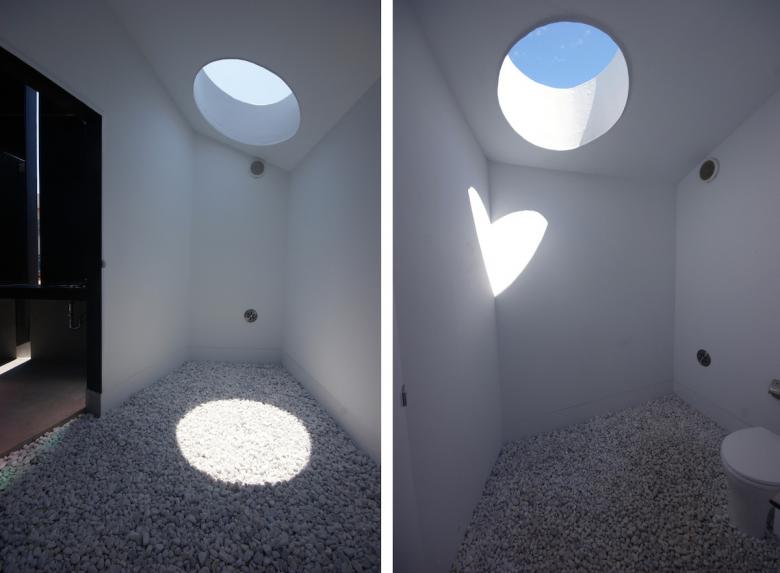

- Architetti
- Daigo Ishii + Future-scape Architects
- Anno
- 2013
- Cliente
- Kanonji city, 観音寺市
- Structural Design
- Takumi Design Office
- Mechanical Design
- Akeno Mechanical Design Laboratory
- Construction
- Ii Construction Company
- 3D Precut of Timber
- Sanno Housing
- FRP waterpfoofing
- Hamanetsu
Progetti collegati
Rivista
-
-
Building of the Week
A Loop for the Arts: The Xiao Feng Art Museum in Hangzhou
Eduard Kögel, ZAO / Zhang Ke Architecture Office | 15.12.2025 -

